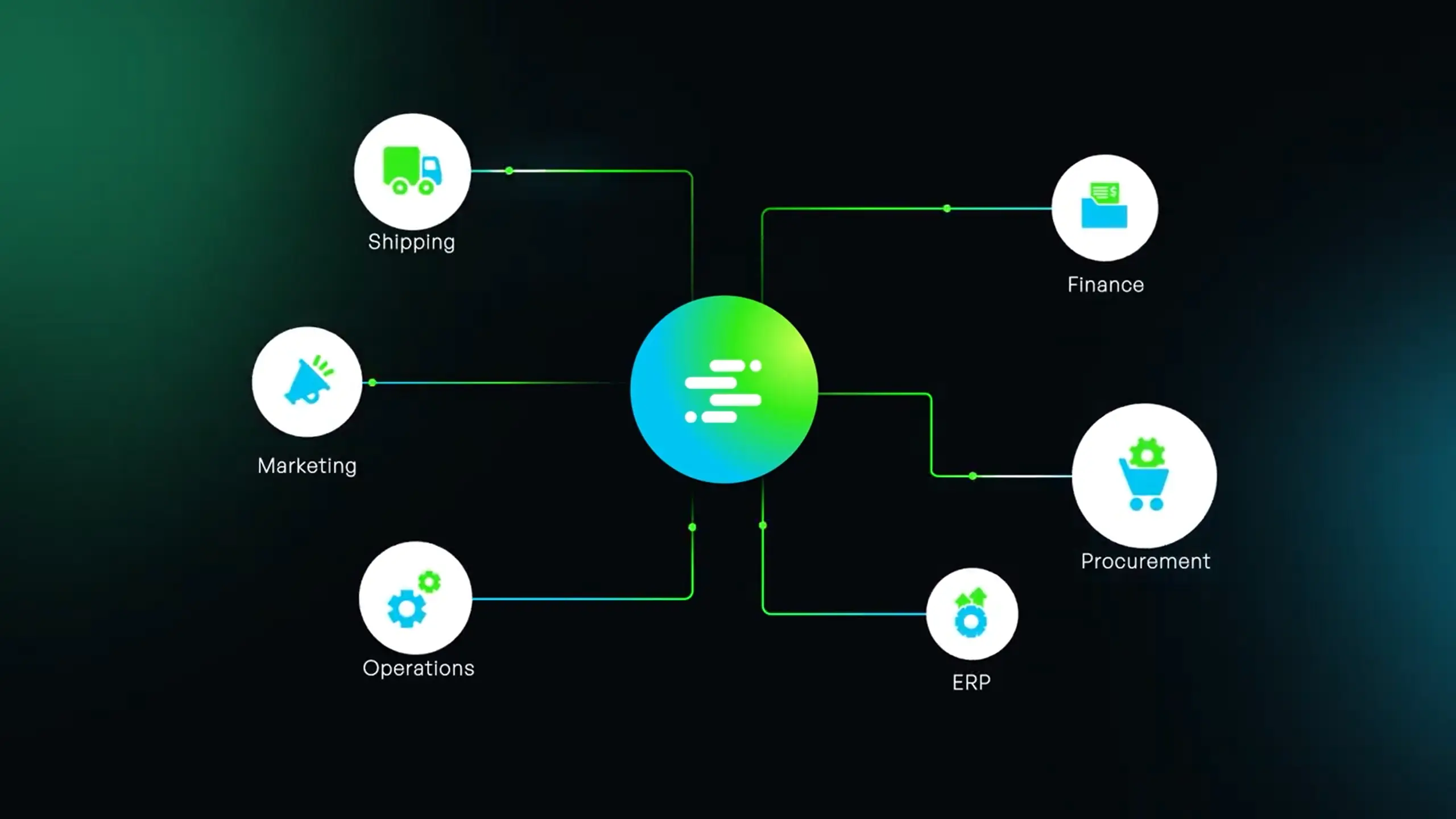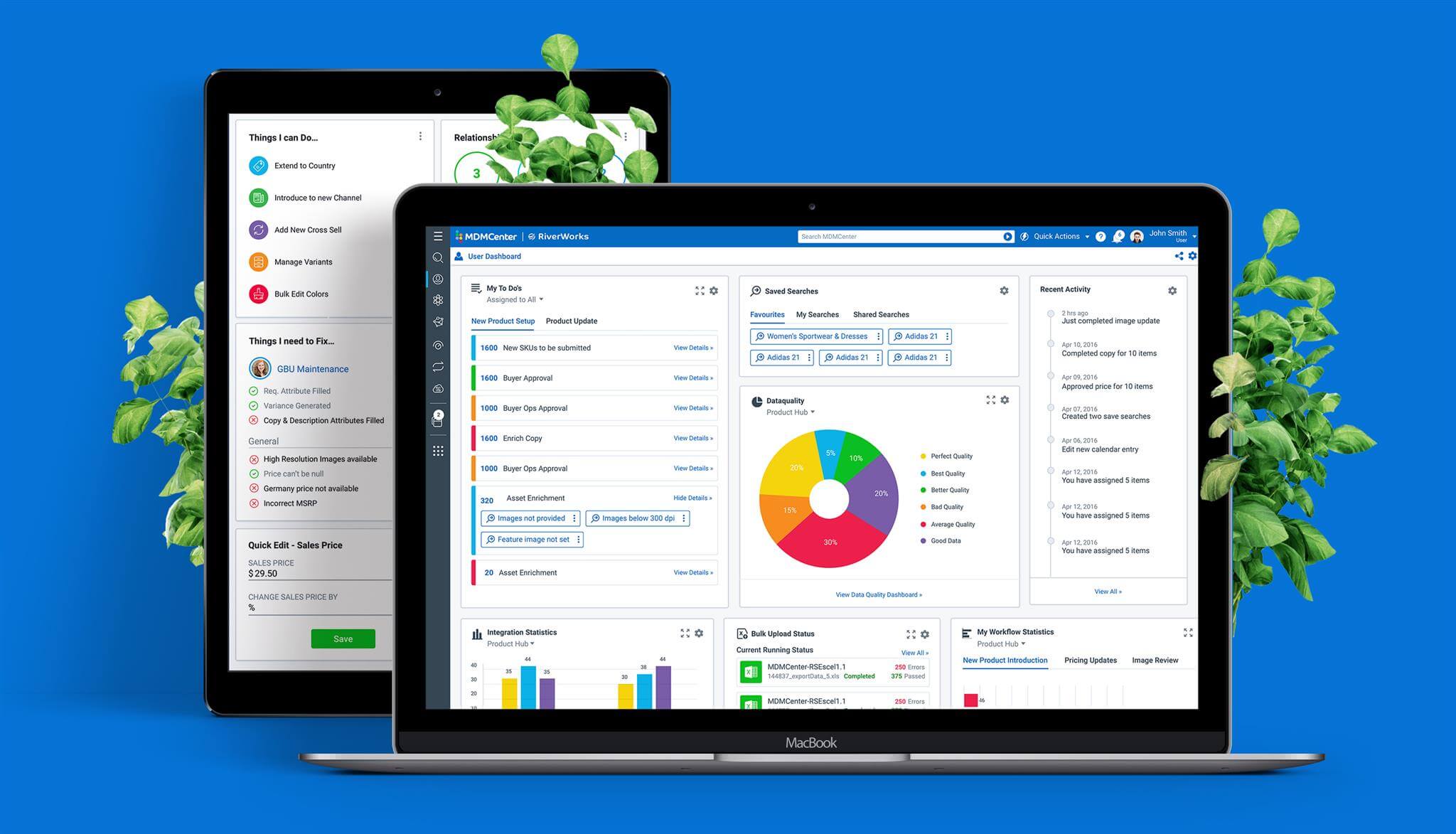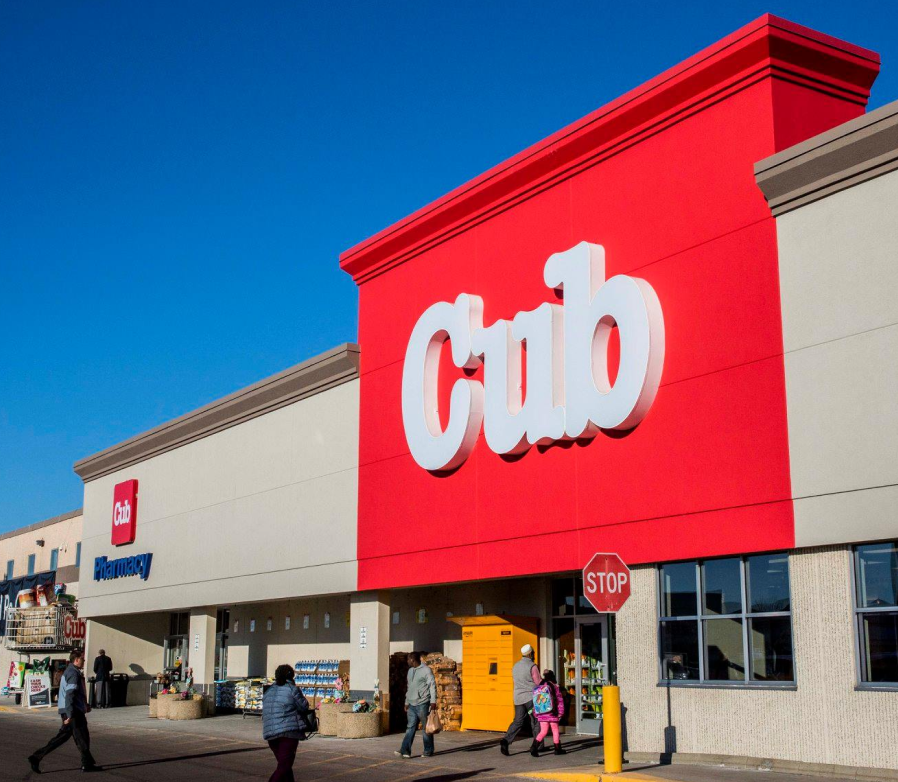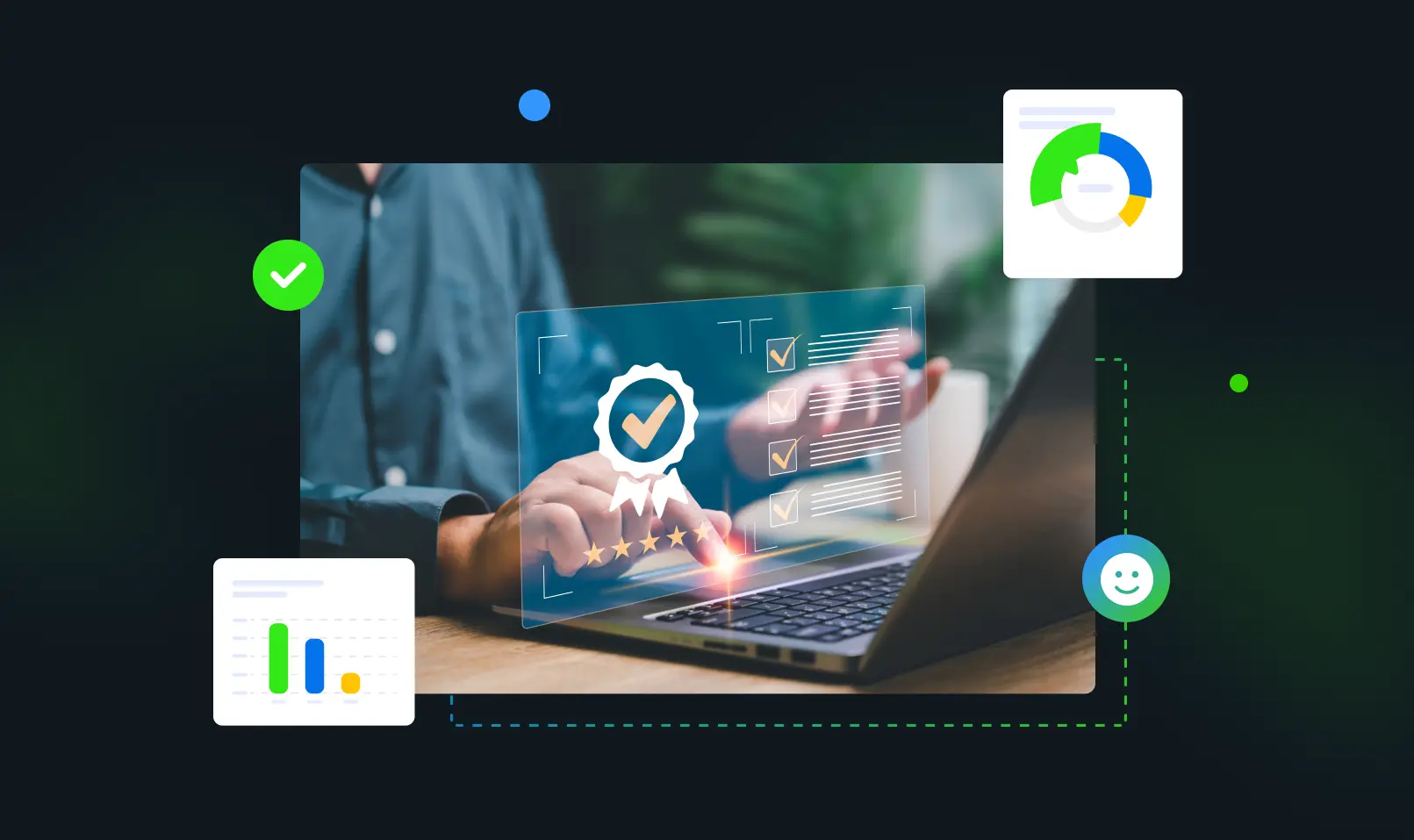What happens after content is published…And why it doesn’t always go the way you expect
The process of creating and syndicating product content, is at its heart, a simple one. A supplier creates their digital product content, sending or uploading it to each retailer – or utilizes a content provider like Syndigo to do so, where it gets syndicated to any number of recipients.
However, anyone who has published product content for eCommerce sites knows that sometimes things aren’t always that simple. The product content goes through many steps before making it online for the consumer to see. And even if each step is performed exactly, a brand’s product detail page may not display as intended. That’s because content that is published (by a supplier) can still be different than content being available to the public on the retail eCommerce site. There can be several reasons for this, and all of them relate to one of several basic considerations.
First, the type of content accepted varies based on the use and the recipient. Some are recipient-specific and controlled, and Syndigo creates and manages these items to the exact specifications. In other cases however, supplier-generated content is accepted by a recipient and may have a greater variance to the specifications. Retailers also may require created-and-verified-only content for some categories and allow supplier-provided content for others. This may lead to discrepancies in what is published compared to what is public.
Content that is published can be different than content being public.
Next, the type of integration may have an impact. Syndigo, through our CXH platform, has full direct-connect API integration capabilities. However, some recipients require different delivery mechanisms, from XML and FTP to Access or Excel files (or even custom manual uploads). Syndigo manages all these integration requirements, but it also can cause gaps in timing or data when compared to what is displayed live.
Finally, the recipient’s own data process may cycle at different times than content updates. For example, Syndigo clients can directly update their product content in Syndigo platform, but a recipient may only pull in content updates when they need (or when they are anticipating changes). Recipients may also “stage” the data for acceptance, which can add time, or even override existing supplier content.
So, what’s a supplier to do?
It’s important for a supplier to understand whether published content is current and live. Especially during new item launches, promotional periods or seasonal items, there may be a critical window of time to ensure products are displaying properly. For suppliers, monitoring all those product pages can be a time-consuming process. Fortunately, there are some new industry tools to help with this major requirement.
At Syndigo, we recently introduced Compare With Live, a new feature within CXH to help ensure that a supplier’s product content is consistent with what is displayed live. The Compare With Live solution allows a user to gain a side-by-side comparison view of product detail page marketing content, images and videos on retailer websites compared to what’s listed in your PIM attribute data. With this capability, it becomes manageable to analyze content either item by item, across all core content assets and attributes, or match content online with what is posted online.

And while the process for creating, managing and syndicating product content is more complex than it seems at first blush, experienced solution providers like Syndigo can help make it that much easier to help pinpoint the PDP items areas that need attention to ensure shoppers have the best brand experience.
















 Don't miss out! Subscribe to our blog for updates.
Don't miss out! Subscribe to our blog for updates.